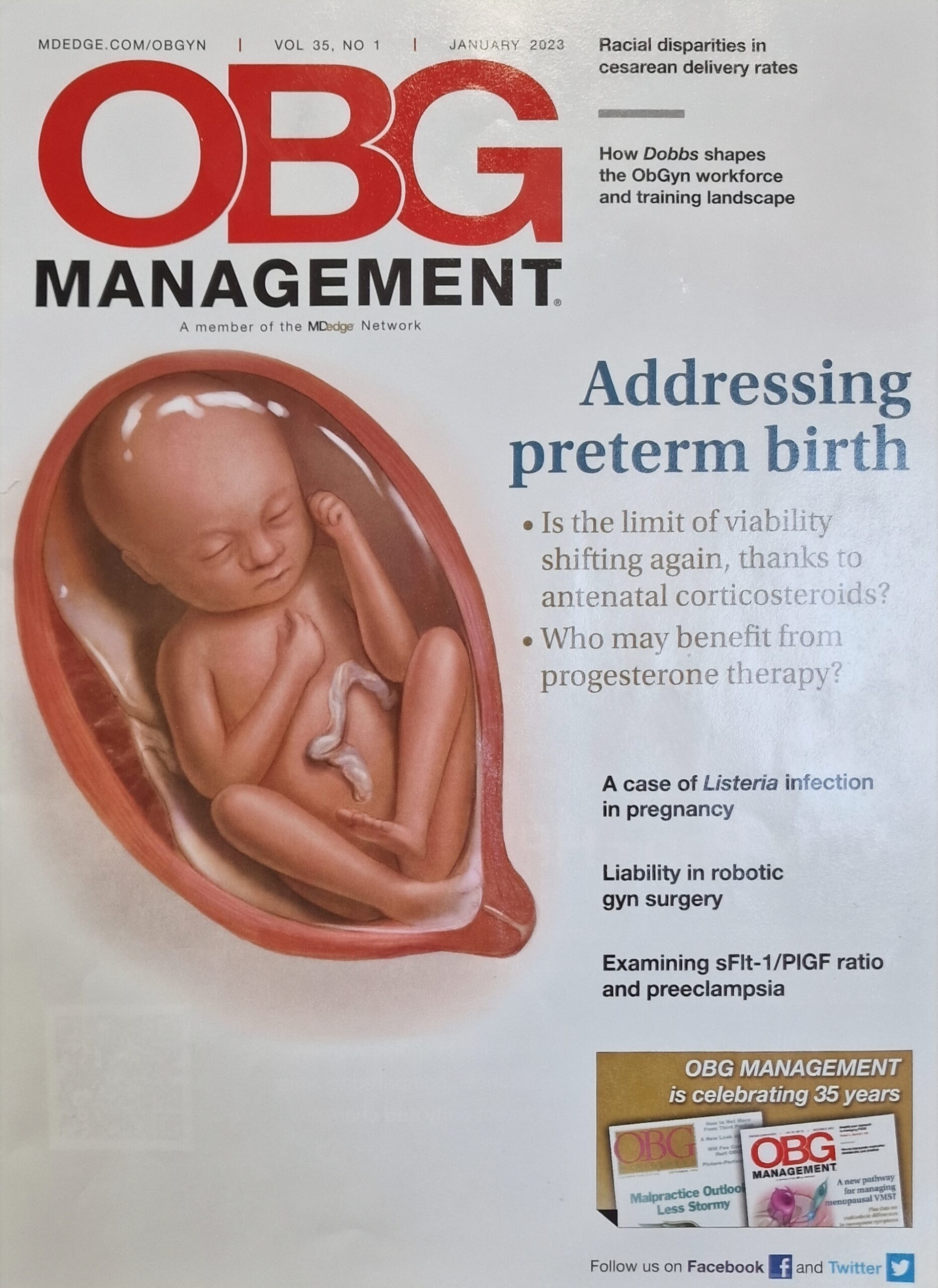What is a Birth Plan & how it can be beneficial
Leave a CommentBringing a new life into the world is indeed a miracle and an incredible experience for expectant families. As the D-day comes closer, the idea of labor and delivery starts becoming a little daunting for women. To combat this overwhelming feeling, it is a great idea to have a plan in place to document your birth preferences. This plan is known as a “birth plan”. In this blog, we will unearth the importance and advantages of having a birth plan.
A birth plan is a document that outlines your preferences and expectations for giving birth and post-natal care. It is your roadmap for childbirth and includes things like the location for delivery, types of pain management preferred, and any special requests you may have. A birth plan can either be brief or more detailed and is flexible to change depending on your priorities during labor.
To make a birth plan, it is vital to have a clear head and focus on what is essential to you. Do note that not all birth plans are the same, and everyone’s preferences are unique. It is advisable to talk it out with your partner and choose a healthcare provider, before your labor. This way, you can be informed of your options and make decisions based on having all the available information.
Here are some of the advantages of having a Birth Plan
• Reduces stress: Having a birth plan will help ease any distress or anxiety that comes with unknowns associated with labor and childbirth.
• Provides a clear picture: It will help your healthcare providers understand your needs, desires, and expectations.
• Gives a sense of control: When you have a birth plan in place, it is easier to have a sense of control and ownership of your pregnancy experience.
• Helps make informed decisions: A birth plan can increase your knowledge about childbirth and choose the best care options for you and your baby.
Communicating your Birth Plan
Once you have your birth plan in place, it’s essential to go over it with your healthcare provider. They can provide input on the feasibility of your requests and compatibility with your birth setting. It will help ensure that your plan links well with their standard of care, and they will assist you in any way possible.
Flexibility is key
It is essential to keep an open mind and remain flexible. The birthing process can be unpredictable, and things may not go according to your plan. It is important to remember that the sole goal is to ensure the safe delivery of your baby and to make the birth experience as comfortable as possible.
A well-designed birth plan can aid in making childbirth a beautiful experience. With the help of a birth plan, mothers-to-be can be aware of what they want and expect while reducing stress and increasing control. In the end, it’s all about creating a birthing experience that you’ll remember for a lifetime. Remember, every pregnancy and birth are unique, and if you achieve everything on the plan it is not a failure.
Please see link below for Hegenberger Medical’s customized birth plan which you will find on our E-Learning Platform.
https://institute.hegenbergermedical.com/birthplan/update
The information found anywhere on this website, including but not limited to text, graphics, images and any other material therewith is for information purposes only. No material on this website is intended to be a substitute for professional personalised medical advice, diagnosis or treatment. By providing the information contained herein we are not diagnosing, treating, curing, mitigating or preventing any type of disease or medical condition. Always seek the advice from a registered health care professional if you have any questions regarding any medical concerns or conditions. Do not disregard professional medical advice or delay in seeking it because of something you have read on this website.




